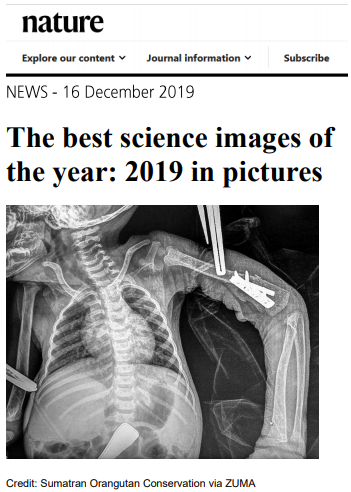Social Distancing, Without the Police
Letting members of the community enforce social distancing is the better way.
Of the 125 people arrested over offenses that law enforcement officials described as related to the coronavirus pandemic, 113 were black or Hispanic. Of the 374 summonses from March 16 to May 5, a vast majority — 300 — were given to black and Hispanic New Yorkers.
Videos of some of the arrests are hard to watch. In one posted to Facebook last week, a group of some six police officers are seen tackling a black woman in a subway station as heryoung child looks on. “She's got a baby with her!” a bystander shouts. Police officials told The Daily News the woman had refused to comply when officers directed her to put the mask she was wearing over her nose and mouth.
Contrast that with photographs across social media showing crowds of sun-seekers packed into parks in wealthy, whiter areas of the city, lounging undisturbed as police officers hand out masks.
So it is obvious that the city needs a different approach to enforcing public health measures during the pandemic. Mayor Bill de Blasio seems to understand this, and he has promised to hire 2,300 people to serve as social distancing “ambassadors.”
Hopefully, the mayor will think bigger.
One promising idea , promoted by City Councilman Brad Lander and others, is to build quickly a kind of “public health corps" to enforce social-distancing measures.
In this approach, specially trained civilians could fan out across the neighborhoods and parks, helping with pedestrian traffic control and politely encouraging New Yorkers entering parks to protect one another by wearing masks and keeping their distance. Police Department school safety agents, who are not armed, could help. Such a program could also provide muchneeded employment for young people, especially with New York's summer jobs program, which serves people 14 to 24, threatened by budget cuts.
Another method to help social-distancing efforts may be the community-based groups that have been effective in reducing gun violence in some of the city's toughest neighborhoods.
The Police Department would play only a minimal role in this approach, stepping in to help with crowd control, for example, something it does extremely well.
Without a significant course correction, the department's role in the pandemic may look more and more like stop-and-frisk, the policing tactic that led to the harassment of hundreds of thousands of innocent people, most of them black and Hispanic, while rarely touching white New Yorkers. Mr. de Blasio has scoffed at the comparison, though it's not clear why.
Aggressive police enforcement of socialdistancing measures is nearly certain to harm the health and dignity of the city's black and Hispanic residents.
It could also diminish respect for the Police Department. Which is why it makes sense that the city's largest police union has said that its members want little to do with social-distancing enforcement. “The N.Y.P.D. needs to get cops out of the socialdistancing-enforcement business altogether,” Patrick Lynch, president of the Police Benevolent Association, said in a statement on May 4. On this issue, Mr. Lynch gets it.
New York is facing a public health crisis, not a spike in crime. Black and Hispanic New Yorkers are already suffering disproportionately from the coronavirus. They don't need more policing. They need more help.
Available at https://www.nytimes.com/2020/05/18/opinion/nypdcoronavirus-arrests-nyc.html. Accessed May 18,2020.

